|
Get Back — Peter Jackson’s extraordinary new reboot of Michael Lindsay-Hogg’s 1969 documentary footage following the Beatles’ penultimate recording sessions — has been revelatory in numerous ways, from its prompting of astute reconsideration of Yoko Ono’s much-maligned cultural narrative to final proof that Billy Preston utterly saved the day. The remarkable technology used to revive these old reels (and the audio) is important to attend to not only for its importance to the future of film restoration but for its increasing intrusion into filmmaking; Get Back is a highly computed film, perhaps the first movie many have seen with such dramatic and artistic contributions by an algorithm (“And the Oscar for Best Algorithm goes to…”?) — to the point that the documentary’s rotoscopic computation of imagery and sound can be seen as the construction of a kind of virtual reality.
In addition to this surface virtuality of the image, however, I’m interested in the virtuality of the individuals shown through that imagery — and the ways Get Back is less a documentary about live human beings than it is about a socially constituted band of living ghosts.
0 Comments
My research focuses on technologies that bring digital projections of dead people “to life,” in a sense (or several). Part of my historical work tracks particular reasons the word “hologram” has been so easily applied to resurrected performances of, for example, Tupac and Michael Jackson, despite these presentations and their apparatuses having nearly nothing in common with actual holography. That is, they are not precisely related technically. The spectral imagery produced by both, however — the life-sized human bodies and parts of bodies that are there but not there — are part of a lengthy project in certain corners of human culture. Holograms and “holograms,” as well as the Pepper’s ghost stage illusion, certain representational concepts on either side of Renaissance art, on back to occasional practices at the Delphic oracle — these are technical presentations that both reckon with the dead and create a media effect I call “holopresence.” So the new film Marjorie Prime — a chamber drama about four characters swapping their mortal bodies for posthumous digital “holograms” — was, you might imagine, a must-see. (Spoilers to follow) Attending San Diego’s famous annual Comic Con is a breeze — when you’re an STS grad student, at least. The lines for the Netflix trailers and movie sneak-peeks and TV cast conversations? Long, like crazy-long. The lines for the science panels? What lines?
Writing about Facebook profiles as memorials to the dead, Patrick Stokes notes that “our social identities are not necessarily coextensive with the biological life of the individual human organism with which they are associated, and thus it is not the memory of the dead person that is being honored and sustained through this form of memorialization, but some dimension or extension of the dead person themselves” (367). This is part of a growing body of literature that has coalesced around the agency of the dead — an agency facilitated specifically through durable, mediated representations of formerly living bodies.
My research is rooted in a sizable patch of this, but I’m commenting on some of it here because of a couple of nifty examples encountered just this week — mediated, shared, and hyped performances by two public figures who are no longer alive. (Warning: a few minor “Rogue One” spoilers lie ahead.) What is a hologram?
Dictionaries say one thing, but popular discourse says much more. From its birth as a collage of post-WWII optical sciences through the 1970s, holography was an evolving but fairly easily defined practice. Its products were called holograms — photo-like film images that delivered a more three-dimensional view of the subject. Then "Star Wars" happened. The film “2010” — the 1984 sequel to the vaunted “2001” adaptation from ’68 — opens with its protagonist facing a huge decision: whether or not to embark on a long mission fraught with danger while prone to both failure and a threat to his marriage. He soon wakes up far from home in a bewildering technical environment among a cohort that speaks a different language. They struggle to collaborate on their first project, a research mission in which they find something unexpected, some groundbreaking new knowledge. Then their computer crashes and erases all the new data.
I see it now. It’s a movie about grad school. Decent doc on Netflix: "Upside Down: The Creation Records Story" tells the strategically scuffed tale of the UK pop label and its impressive influence from the mid-’80s to the mid-’90s.
I say decent only because it’s overburdened by the usual tales of drug-fueled office parties and Alan McGee’s lame “wildness.” There are some tasty musical moments, though — like the Jesus & Mary Chain guys listening to the Shangri-Las and comparing their own first single to “Be My Baby,” followed later by Swervedriver making similar claims about their own potent mixture of pop and noise — and a few holy-crap-I-forgot-about-thems (the Loft! House of Love! TV Personalities!). It all devolves, of course, into the ’90s acid-house b.s., and the narrative here follows the delivery of dance music right into the heart of pop. Primal Scream’s “Loaded” and the subsequent album was interesting, sure, but as the fun drains out of the film, it also drains out of the music. The leather jackets with love beads, the bongos on “Top of the Pops” — oy, thank God the label also had Teenage Fanclub. My favorite former newspaper co-workers share lists of their favorite 10 movies each year. I hardly keep up with current film, and my participation has compensated in the past by being overly creative with my lists. Considering that I just chucked my journalism career to pursue a Ph.D., for whatever the hell it’s worth, here are 10 films and film-ish bits I saw this year — a few of them definitely not from 2013 — that are somehow related to the virtual performance, human-computer interaction, digital projection branch of my evolving research interests …
“Robot and Frank” From 2012. Nifty tale, if awkwardly constructed on screen. Frank Langella is an old burglar with advancing dementia. His family buys him a humanoid robot (with advanced AI, and Peter Sarsgaard’s smooooooth voice) as an assistant and companion, then alibi and accomplice. Can a human bond with a machine? More importantly, can the opposite happen? Even more importantly, is the love interest with Susan Sarandon somehow unnerving…? |
this blahg
I'm THOMAS CONNER, Ph.D. in Communication & STS, and a longtime culture journalist. Categories
All
Archives
June 2024
|
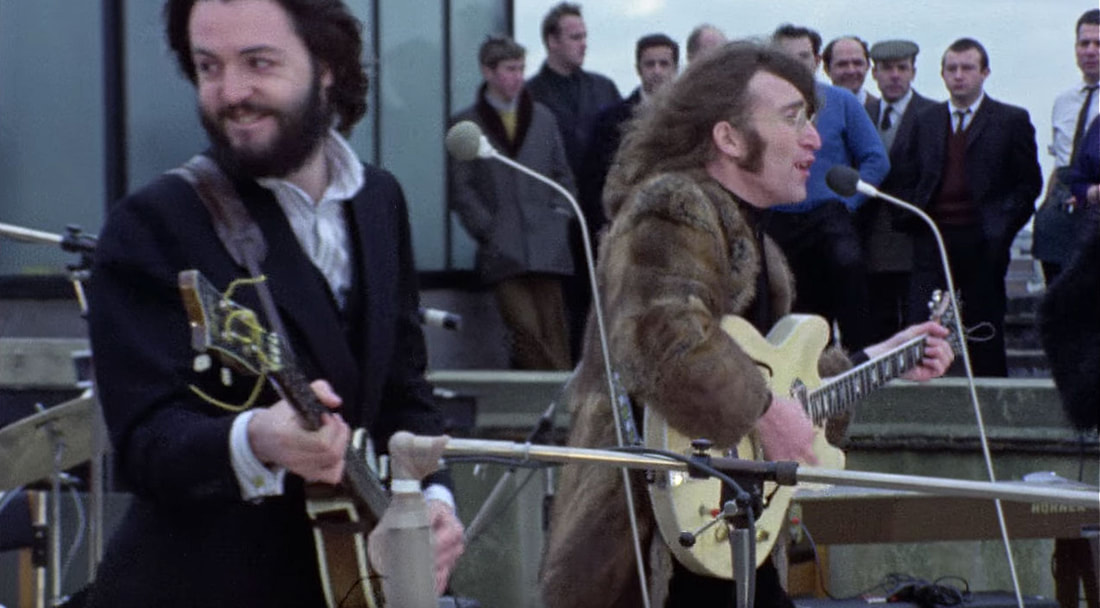
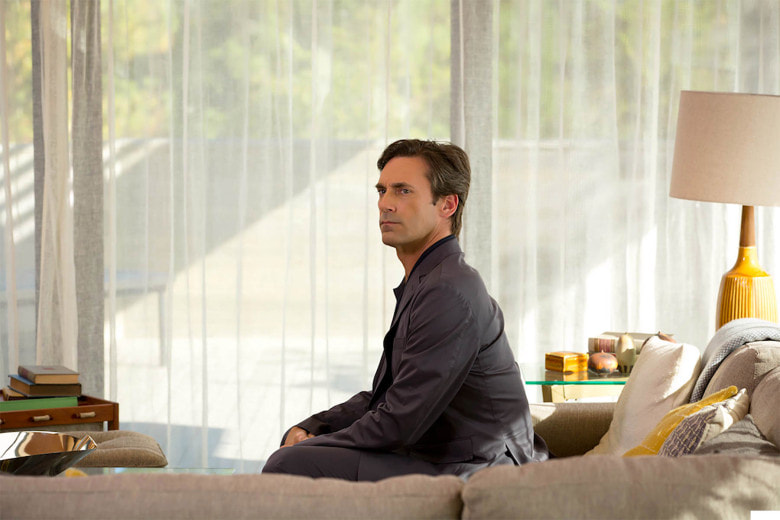
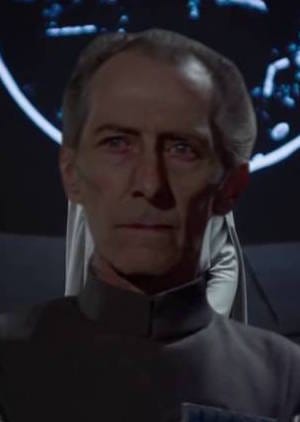
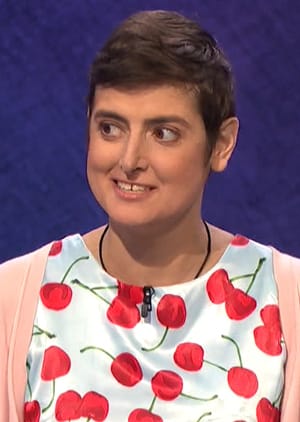
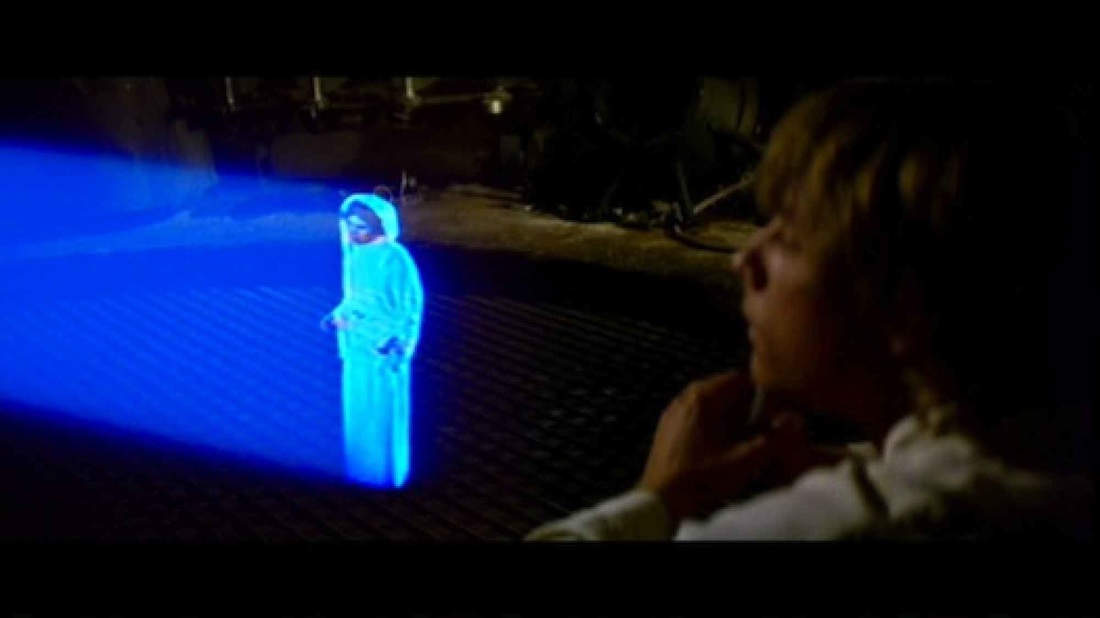
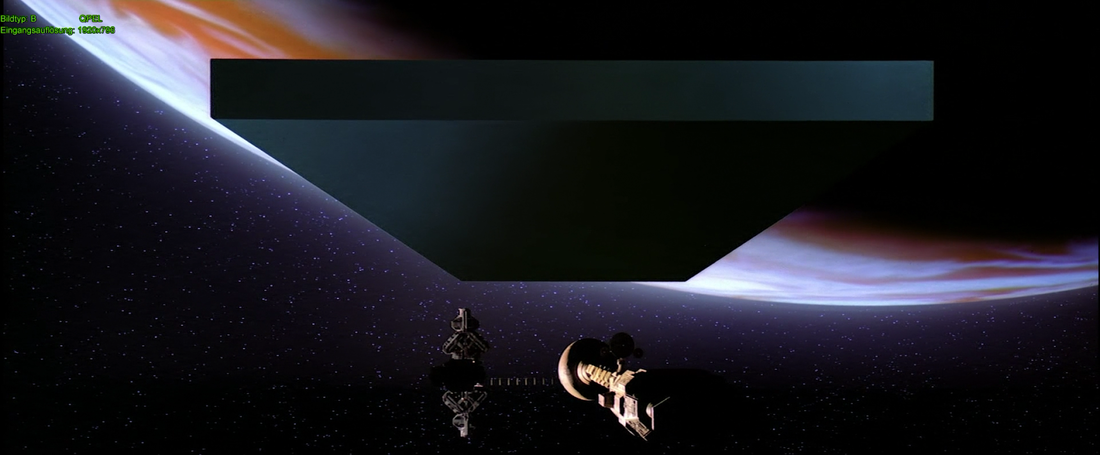

 RSS Feed
RSS Feed